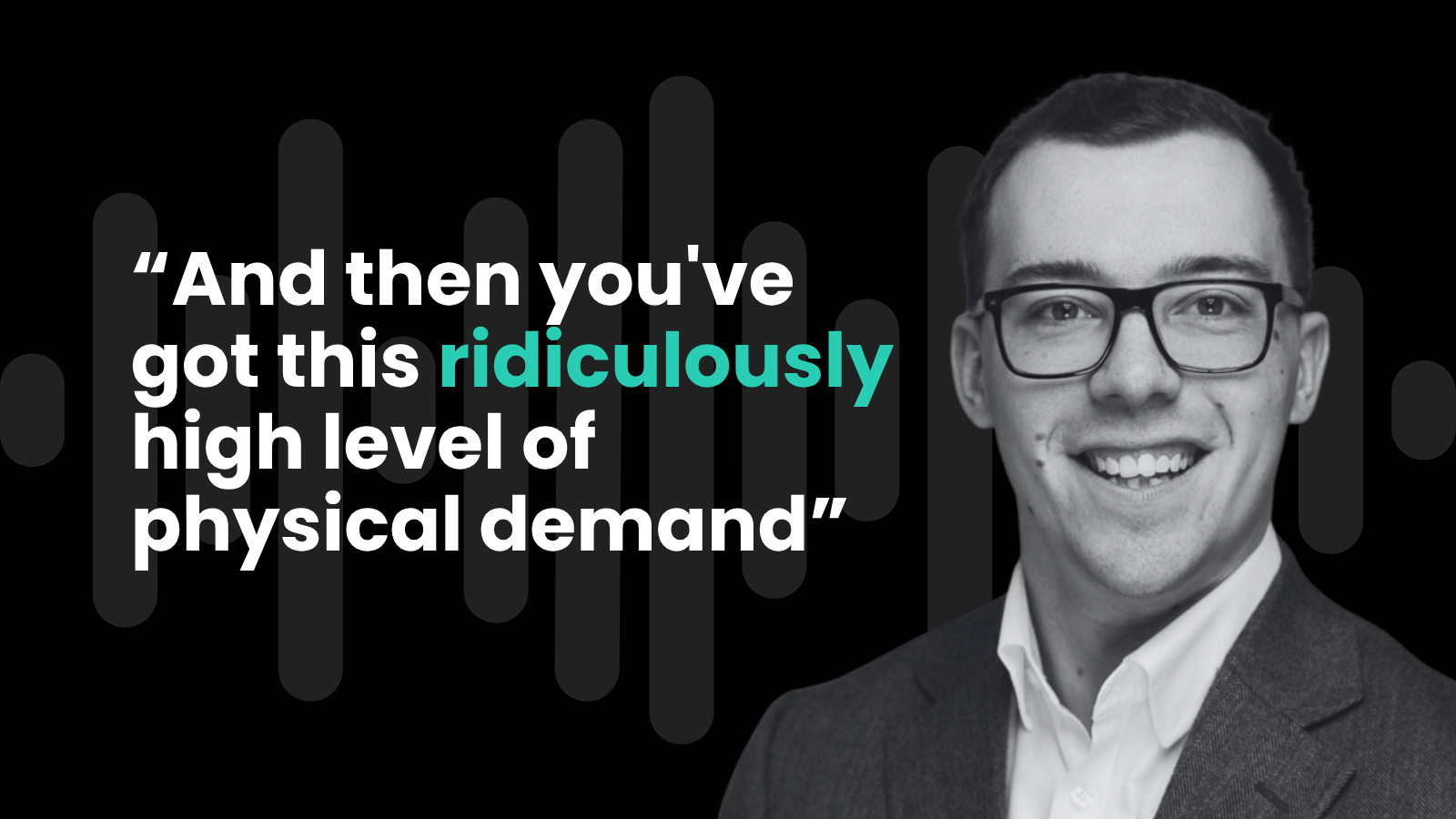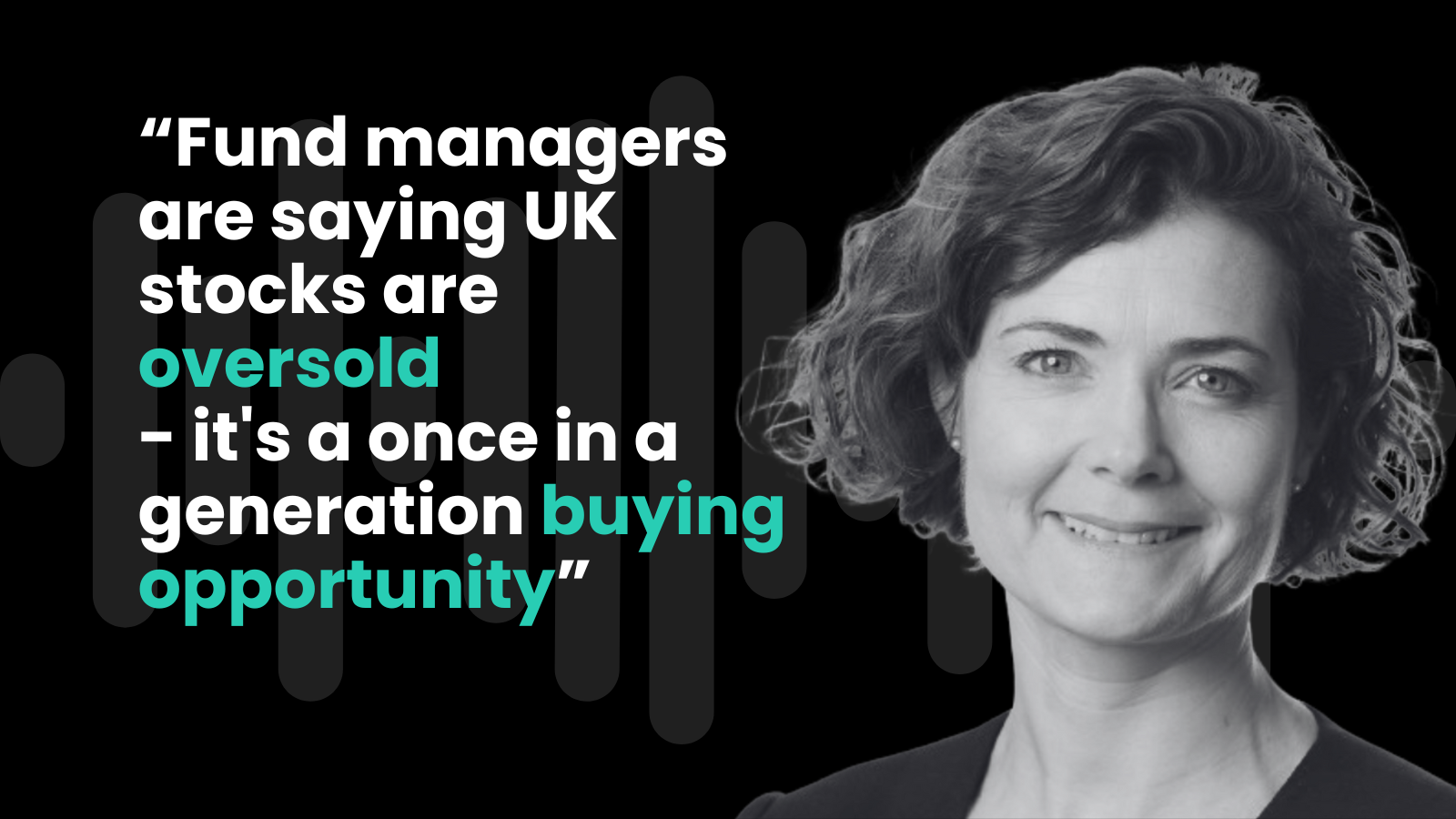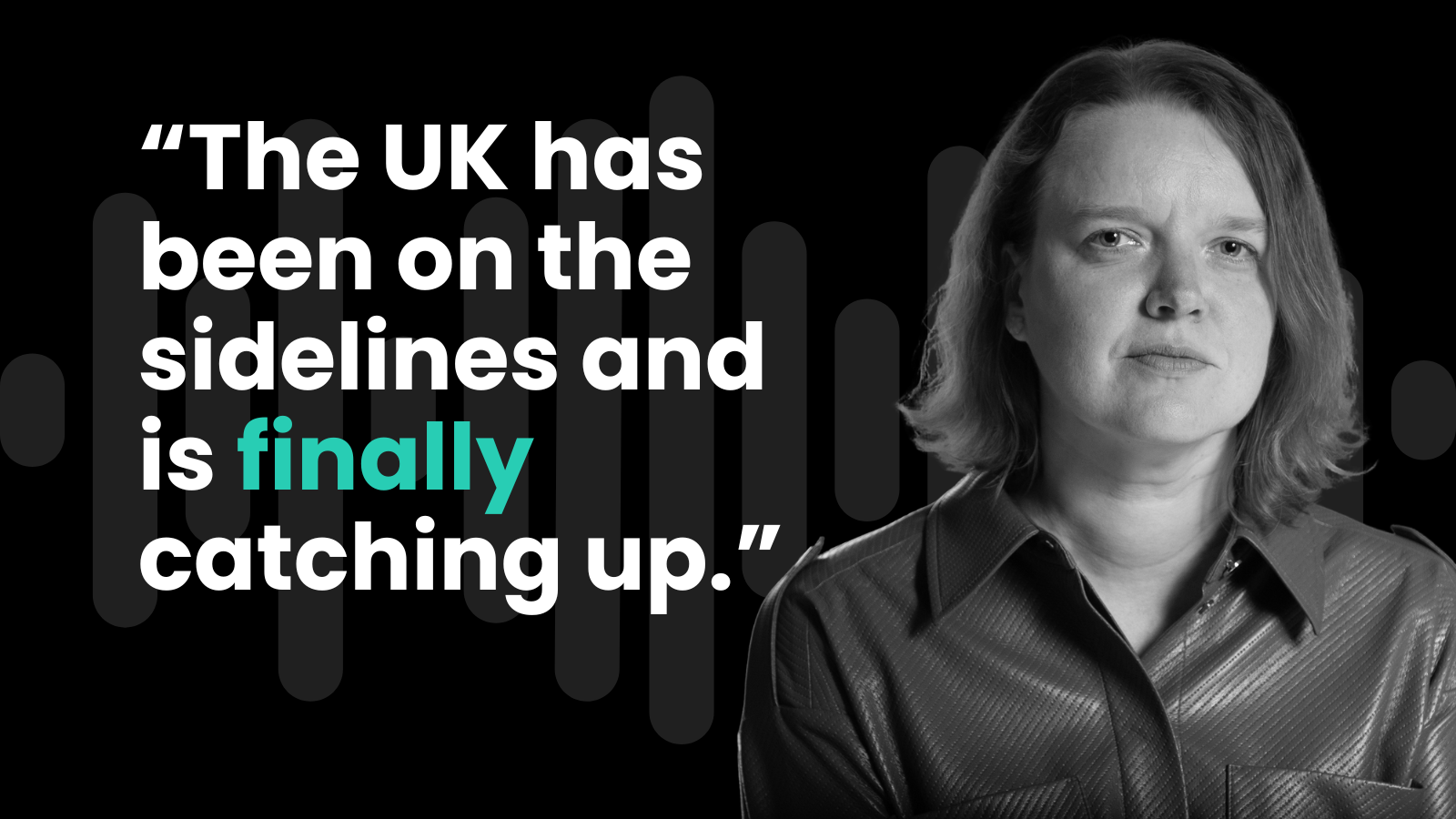Inditex, the Galician giant that brought the world Zara and the notion that one could buy Parisian chic at suburban prices, has rediscovered its growth engine in the unlikeliest of places: teenagers. While the flagship Zara has stumbled into middle age with only a 0.9 per cent sales lift in the first half of 2025 — still a hefty €13.15 billion in takings, mind — its younger siblings are powering ahead.
Stradivarius, a label once dismissed as a playground for twenty-somethings, led the charge with a 5.7 per cent rise in sales to €1.327 billion. Bershka, purveyor of cropped jackets and neon trousers, consolidated its place as the group’s second-largest brand, with €1.438 billion in revenues, up 4 per cent. Pull&Bear, long the choice of earnest students in skate shoes, completed the trio with a 3 per cent lift, bringing in €1.158 billion. Collectively, these “youth” brands are not merely decorative add-ons to Zara: they are now its frontline soldiers.
Even Oysho, which recently reinvented itself from lingerie to leisurewear, saw a Stradivarius-like 5.7 per cent rise, taking sales to €389 million. Only Massimo Dutti, Inditex’s stab at continental elegance, wilted, with sales down 0.9 per cent to €895 million. The lesson is clear: the global consumer may flirt with sophistication, but when times are uncertain, volume comes from youth — hoodies and leggings rather than tailored blazers.
- C&C Group delivers steady first half profits
- Xmas prospects brighten for UK and US online retailers
- Imperial Brands share buyback soothes market
Inditex is not resting on retail instinct alone. The company has rolled out RFID smart tagging — a system that allows each garment to be tracked in real time. This may sound dull, but in practice it means fewer frustrating hunts for stock in the backroom and a smoother online-offline shopping crossover. Already fully operational at Zara, it is being extended to Bershka and Pull&Bear, complementing self-checkout kiosks and click-and-collect services. The world’s biggest fast-fashion group is, in its quiet way, turning itself into a logistics company with a fashion label.
Investors are re-visiting Inditex shares
The markets have taken note. Though Inditex’s revenue rose only 1.6 per cent overall in the first half, investors chose to see the glass half full. Shares jumped 6.5 per cent on results day and another 2.7 per cent the day after, giving a two-session rally of 9.4 per cent. That performance put Inditex at the top of Madrid’s Ibex 35 and pushed its market capitalisation to €145.4 billion — an extraordinary valuation for a business that still sells €29 jeans and polyester dresses.
Technically, the stock looks perky. Closing at €46.64, Inditex is in bullish short-term territory, hovering above its key moving averages for the first time since June. Traders see support at €44.68 and €43.58; resistance looms at €48.5 and €49.5. A breakout above €49 would point to fresh yearly highs. Overbought indicators suggest a short-term pullback is possible, but the longer-term picture remains solid. Even the MACD, that favourite tool of chart-watchers, has confirmed a bullish crossover.
What does it all mean?
Inditex’s message is that growth today comes not from Zara’s middle-class loyalists but from a new generation that shops with TikTok in one hand and a debit card in the other. By leaning into technology and trusting the energy of its youth brands, Inditex has managed to look modern again. Investors, ever allergic to stagnation, have rewarded it handsomely.
The recovery is still moderate compared with the glory days before the pandemic, but the story is shifting. Youth pays the bills. Digitalisation keeps the tills ringing. And for now at least, Inditex looks less like a fading fast-fashion empire and more like a rejuvenated retail juggernaut — proof that even giants can dance, if the music is loud enough.




















